41 what vitamins and minerals are required on the new food labels
› pet-food-labels-generalPet Food Labels - General | FDA The majority of ingredients with chemical-sounding names are, in fact, vitamins, minerals, or other nutrients. Other possible ingredients may include artificial colors, stabilizers, and preservatives. en.wikipedia.org › wiki › Dietary_supplementDietary supplement - Wikipedia Definition. In the United States, the Dietary Supplement Health and Education Act of 1994 provides this description: "The Dietary Supplement Health and Education Act of 1994 (DSHEA) defines the term "dietary supplement" to mean a product (other than tobacco) intended to supplement the diet that bears or contains one or more of the following dietary ingredients: a vitamin, a mineral, an herb or ...
› food › food-labeling-nutritionChanges to the Nutrition Facts Label | FDA - U.S. Food and ... Mar 07, 2022 · Manufacturers with $10 million or more in annual sales were required to update their labels by January 1, 2020; manufacturers with less than $10 million in annual food sales were required to ...

What vitamins and minerals are required on the new food labels
› staying-healthy › the-bestThe best foods for vitamins and minerals - Harvard Health Aug 17, 2021 · Vitamins and minerals get thrown together, but they are quite different. Vitamins are organic substances produced by plants or animals. They often are called "essential" because they are not synthesized in the body (except for vitamin D) and therefore must come from food. Minerals are inorganic elements that originate from rocks, soil, or water. › vitamins-and-mineralsVitamins and minerals - Food and nutrition | NHS inform Apr 30, 2020 · More about vitamins. Minerals. Minerals include calcium and iron amongst many others and are found in: meat; cereals; fish; milk and dairy foods; fruit and vegetables; nuts; Minerals are necessary for 3 main reasons: building strong bones and teeth; controlling body fluids inside and outside cells; turning the food you eat into energy; Trace ... › nutritionsource › food-labelUnderstanding Food Labels | The Nutrition Source | Harvard T ... Chile implemented the Law of Food Labeling and Advertising in 2016, comprised of mandatory front-of-package (FOP) warning labels, restrictions on child-directed marketing, and the banning of sales in schools of all foods and beverages containing added sugars, sodium, or saturated fats that exceeded set nutrient or calorie thresholds. [1]
What vitamins and minerals are required on the new food labels. en.wikipedia.org › wiki › Anabolic_steroidAnabolic steroid - Wikipedia Most steroid users are not athletes. In the United States, between 1 million and 3 million people (1% of the population) are thought to have used AAS. Studies in the United States have shown that AAS users tend to be mostly middle-class men with a median age of about 25 who are noncompetitive bodybuilders and non-athletes and use the drugs for cosmetic purposes. " › nutritionsource › food-labelUnderstanding Food Labels | The Nutrition Source | Harvard T ... Chile implemented the Law of Food Labeling and Advertising in 2016, comprised of mandatory front-of-package (FOP) warning labels, restrictions on child-directed marketing, and the banning of sales in schools of all foods and beverages containing added sugars, sodium, or saturated fats that exceeded set nutrient or calorie thresholds. [1] › vitamins-and-mineralsVitamins and minerals - Food and nutrition | NHS inform Apr 30, 2020 · More about vitamins. Minerals. Minerals include calcium and iron amongst many others and are found in: meat; cereals; fish; milk and dairy foods; fruit and vegetables; nuts; Minerals are necessary for 3 main reasons: building strong bones and teeth; controlling body fluids inside and outside cells; turning the food you eat into energy; Trace ... › staying-healthy › the-bestThe best foods for vitamins and minerals - Harvard Health Aug 17, 2021 · Vitamins and minerals get thrown together, but they are quite different. Vitamins are organic substances produced by plants or animals. They often are called "essential" because they are not synthesized in the body (except for vitamin D) and therefore must come from food. Minerals are inorganic elements that originate from rocks, soil, or water.


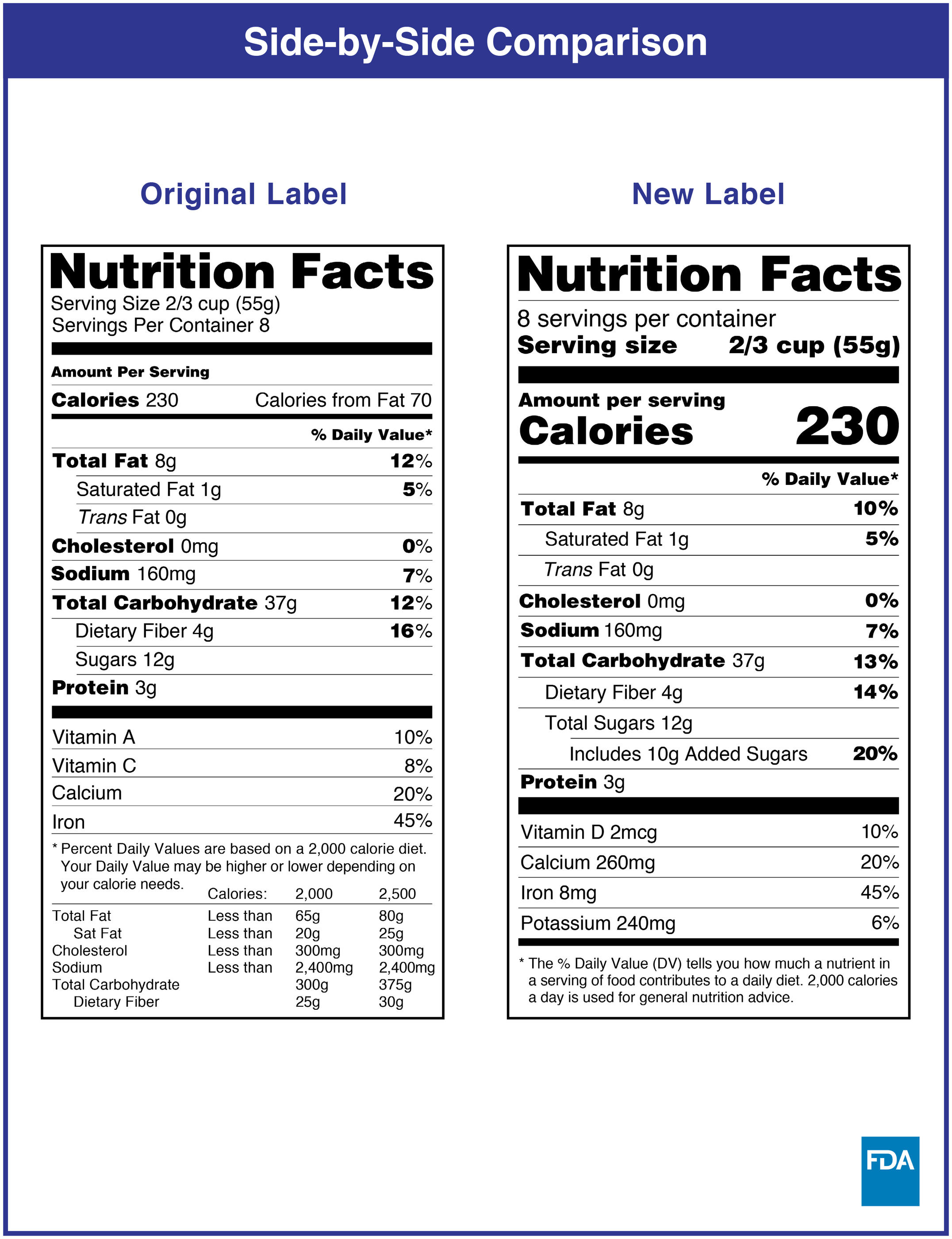

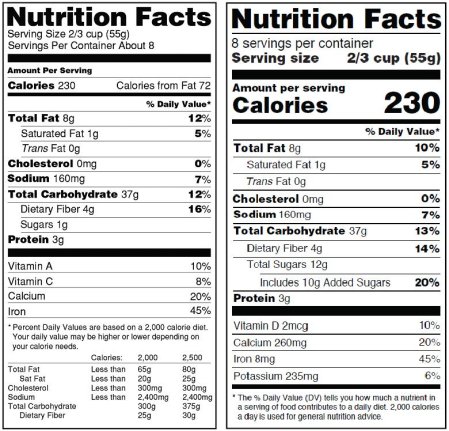



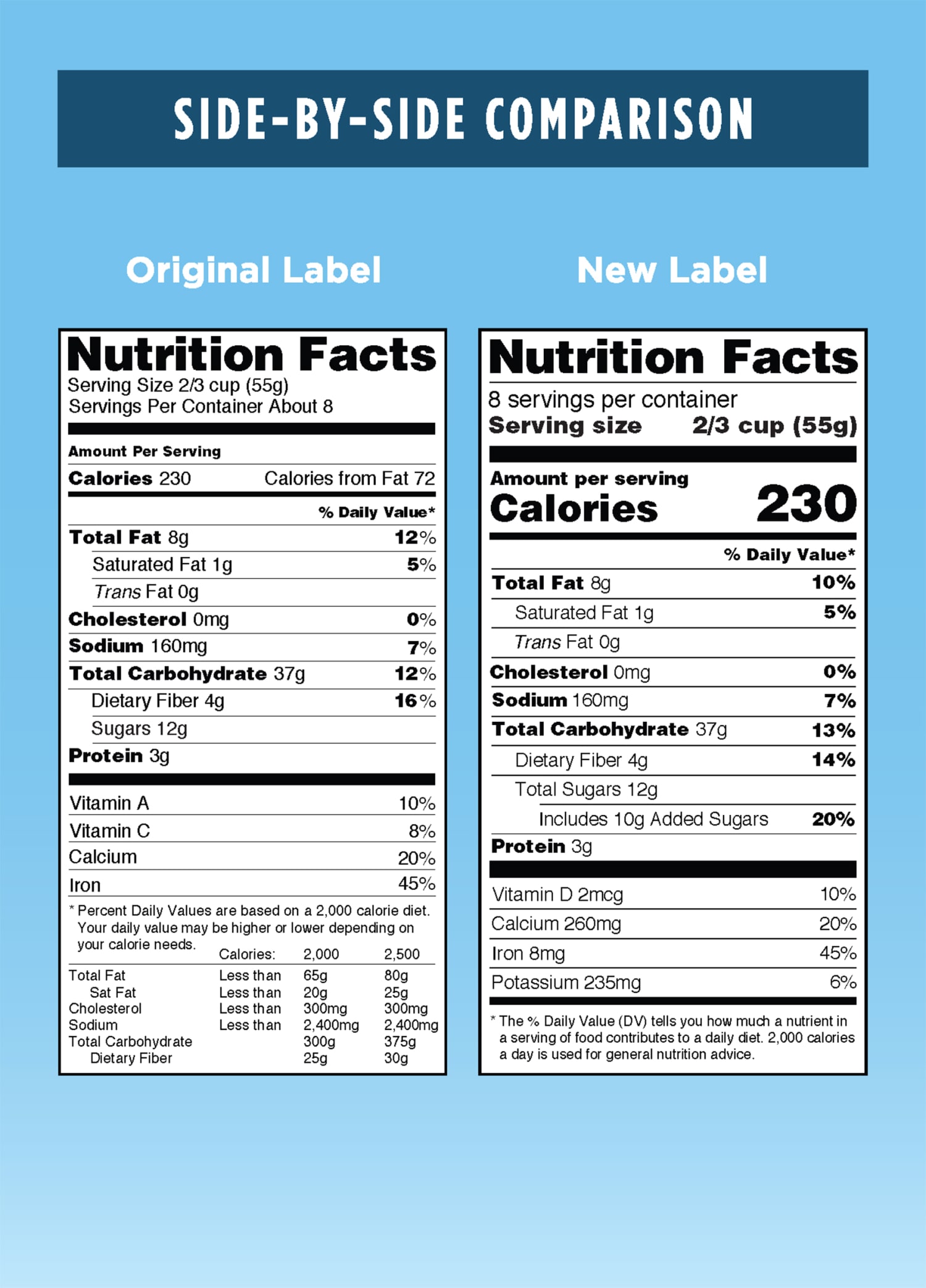






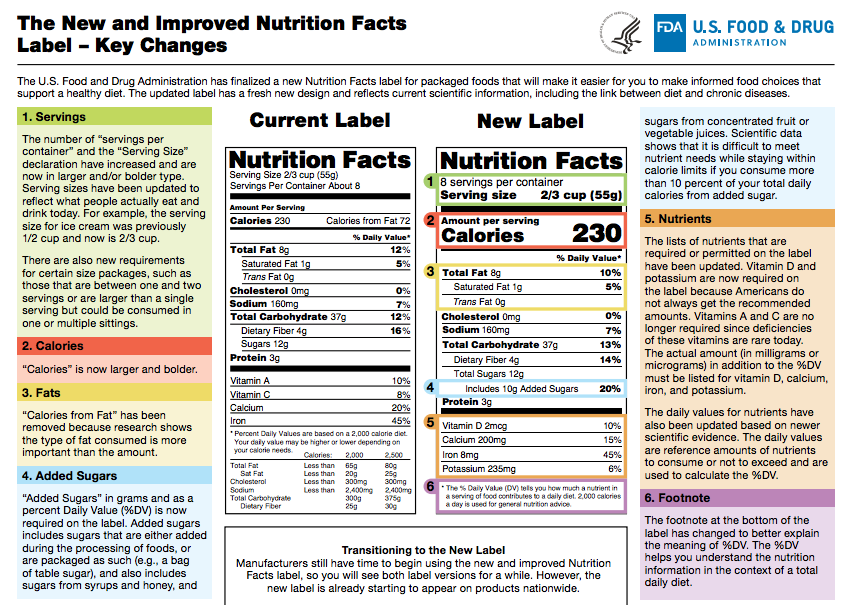
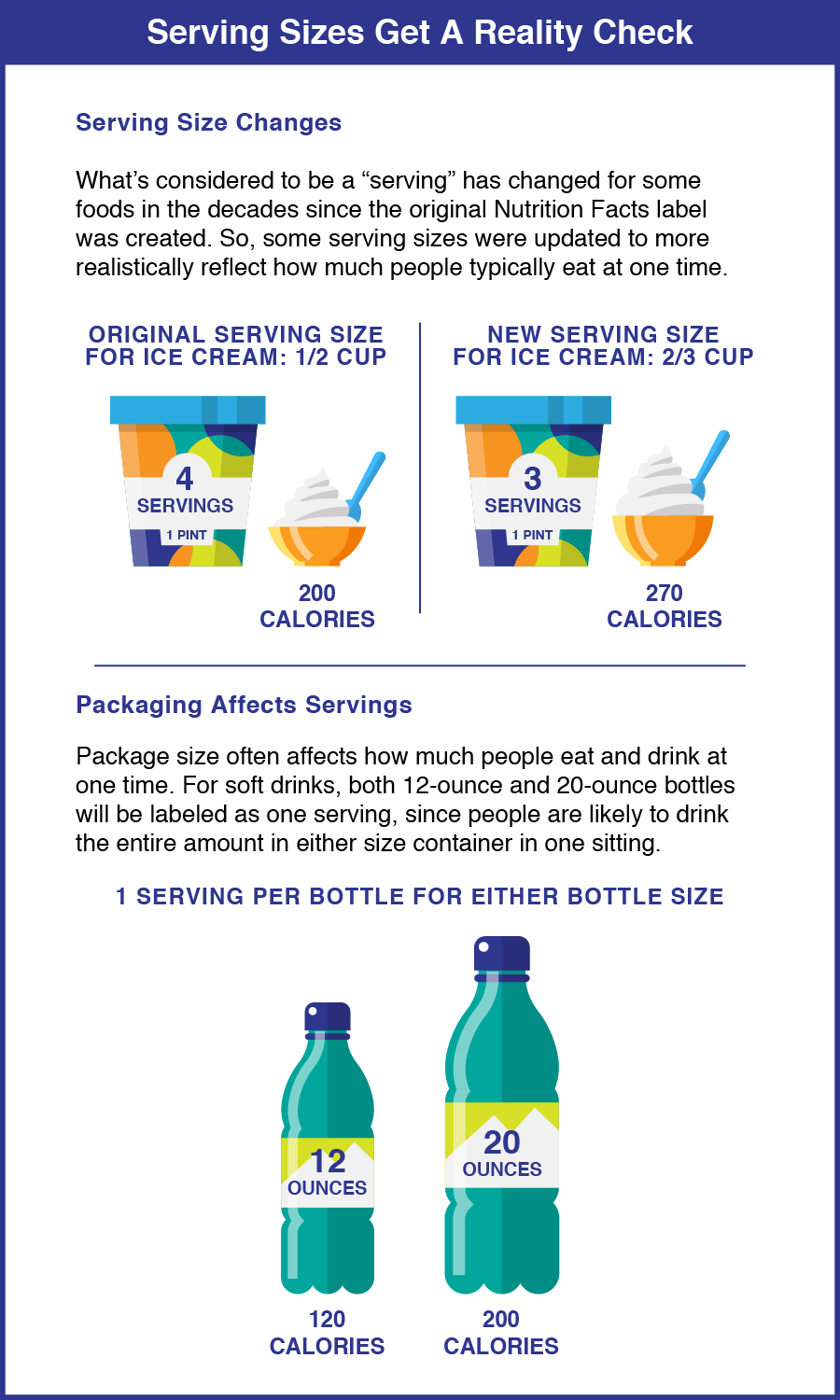
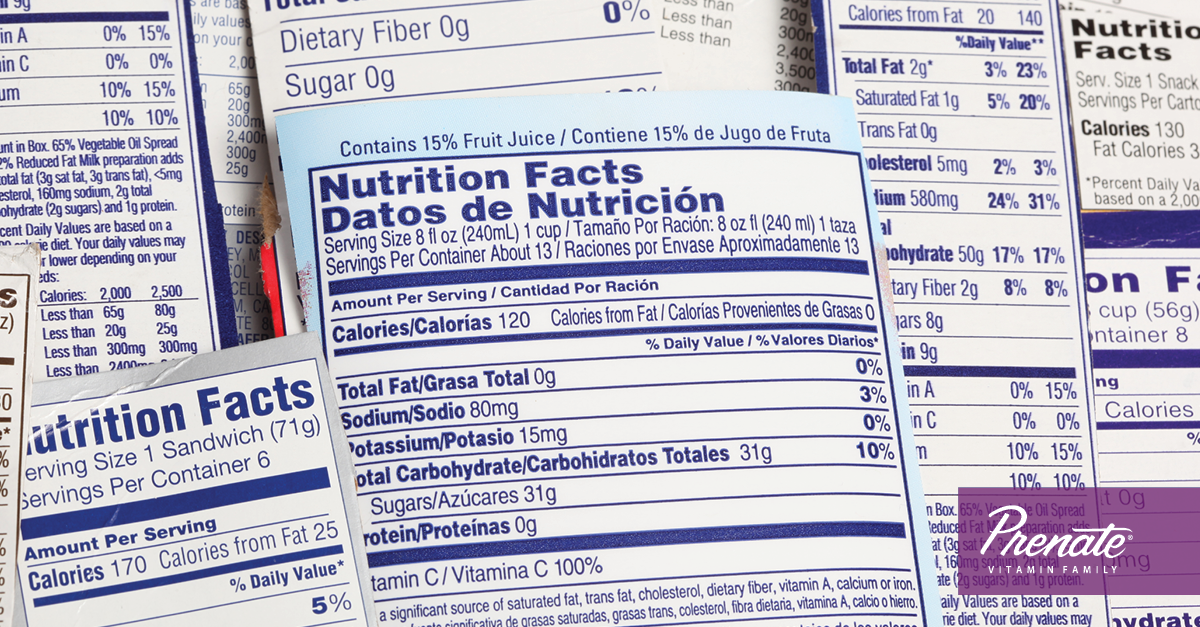
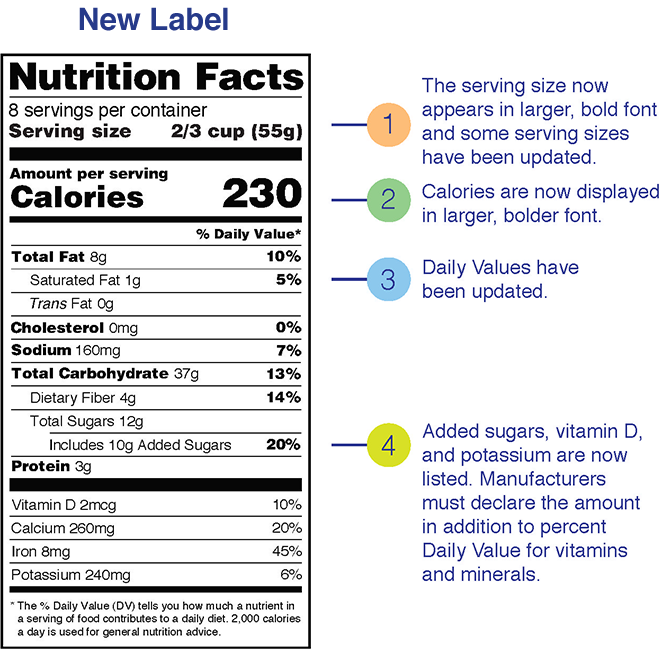
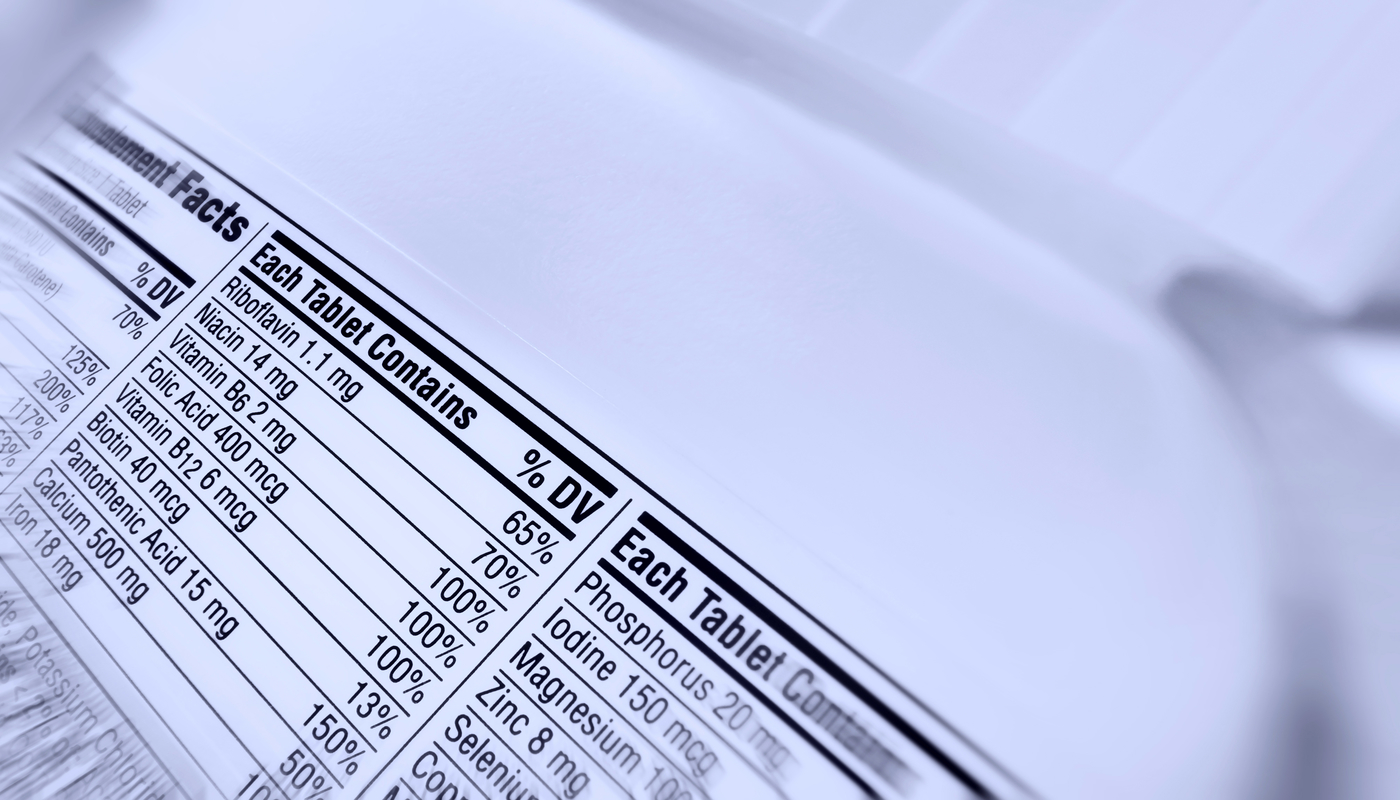
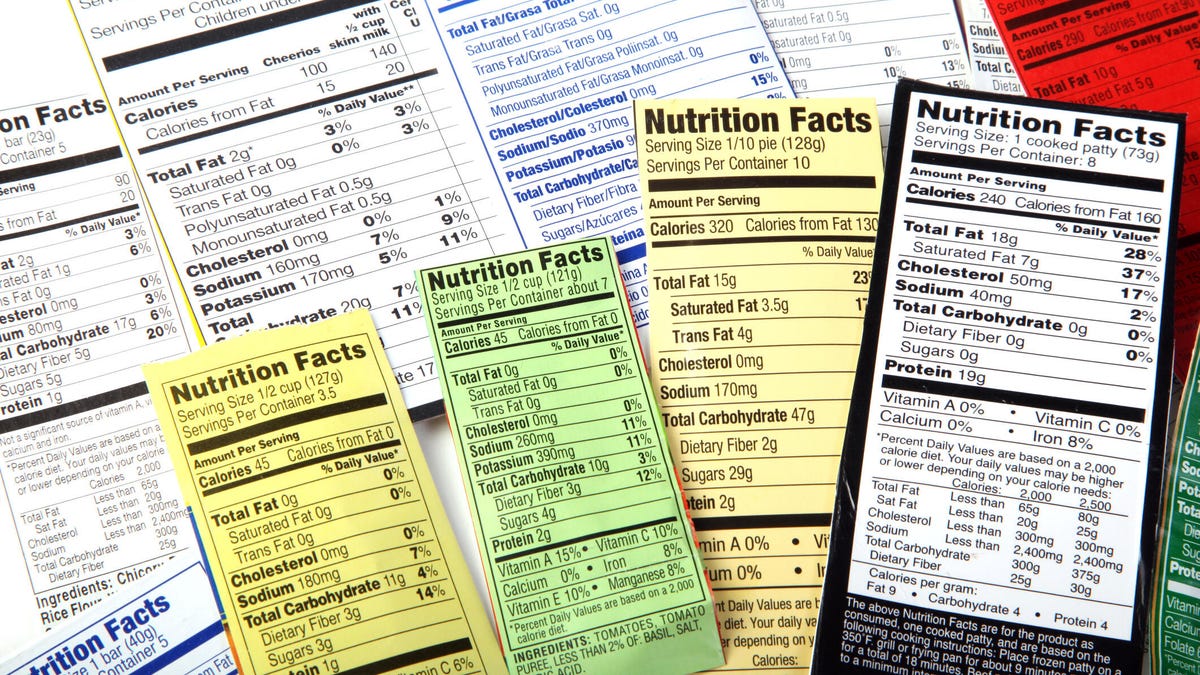

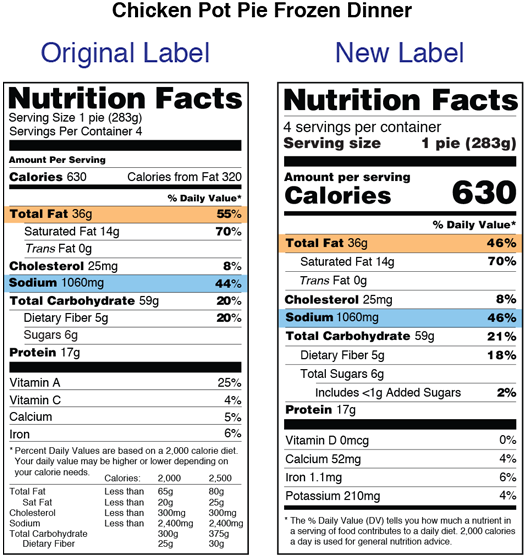

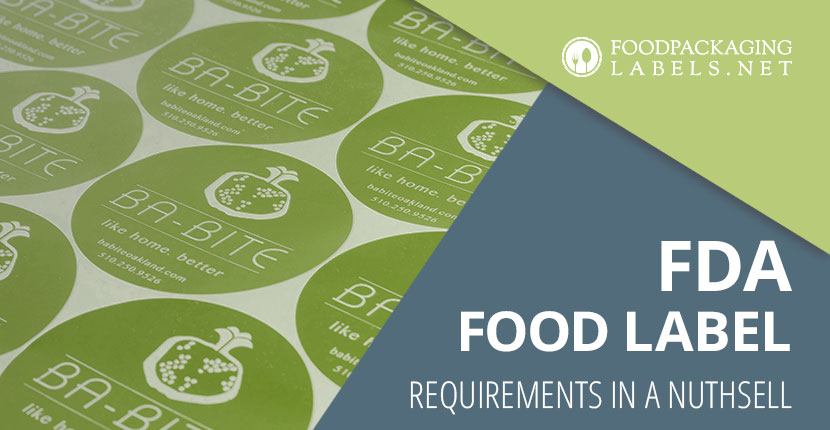
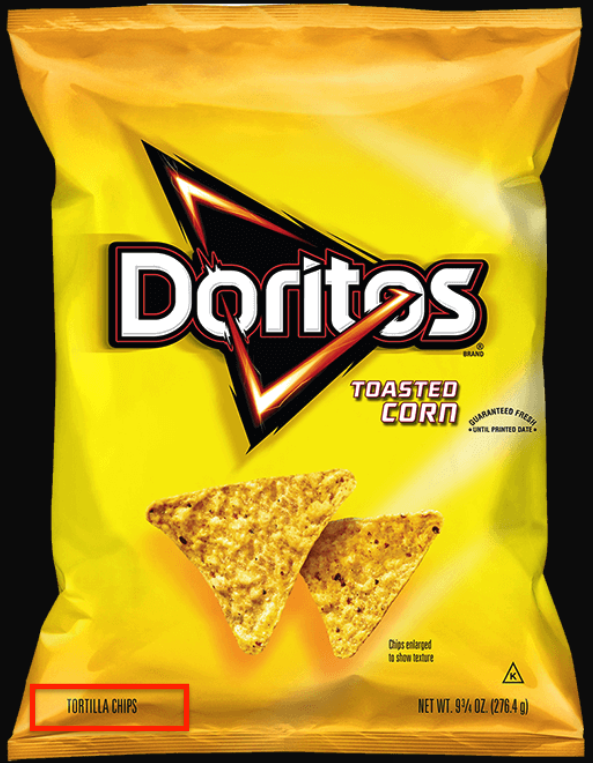

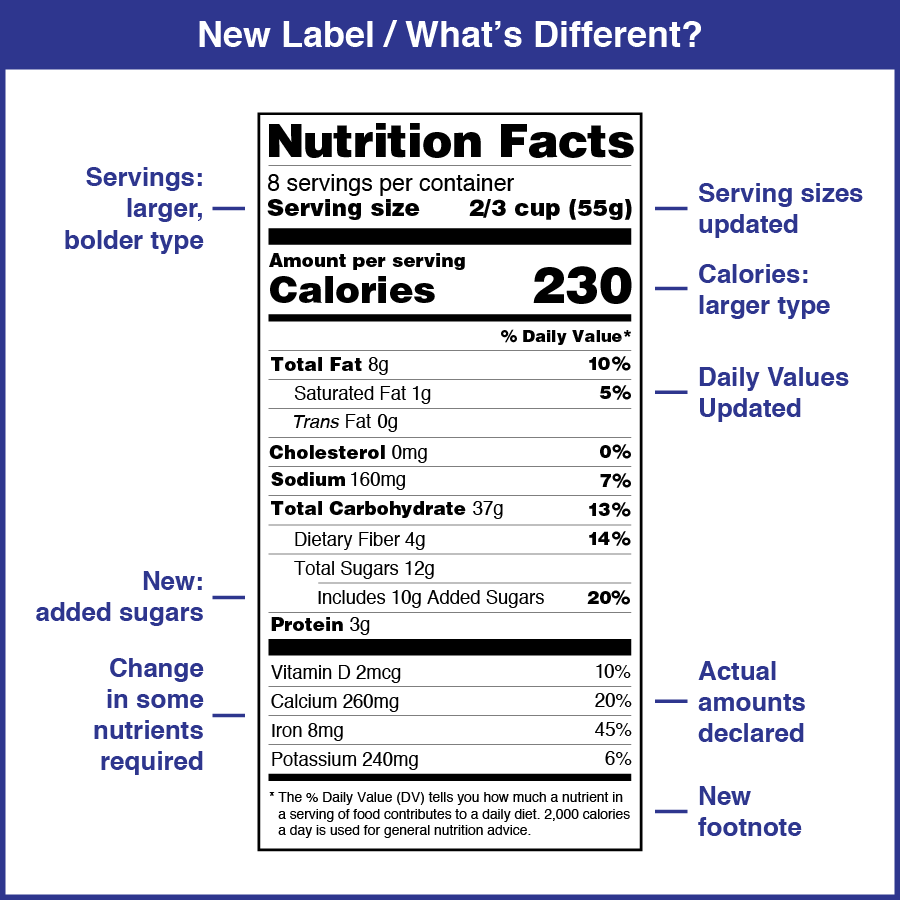
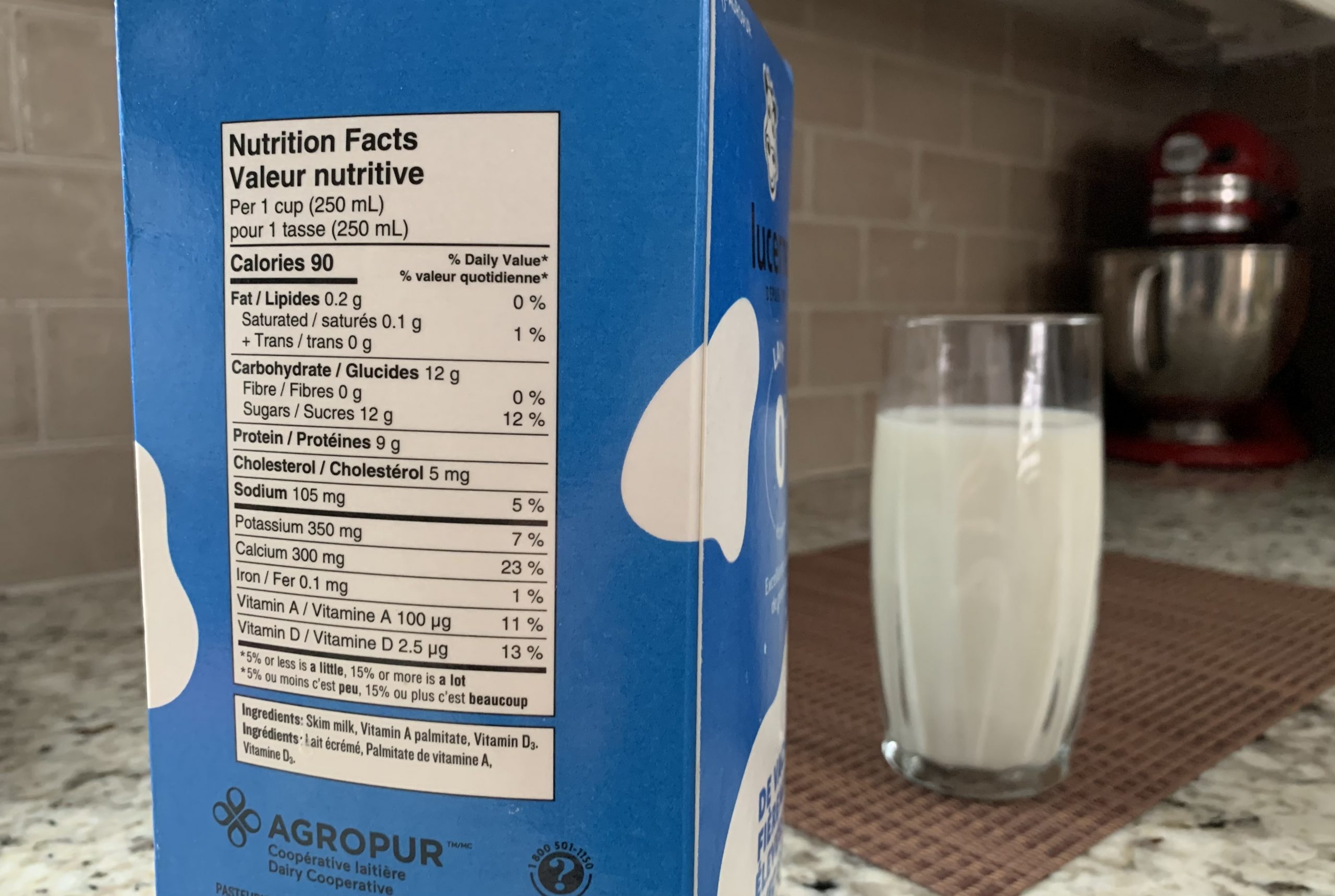

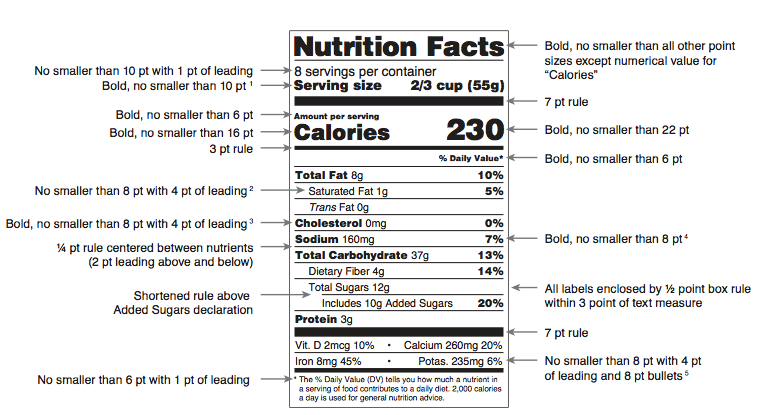


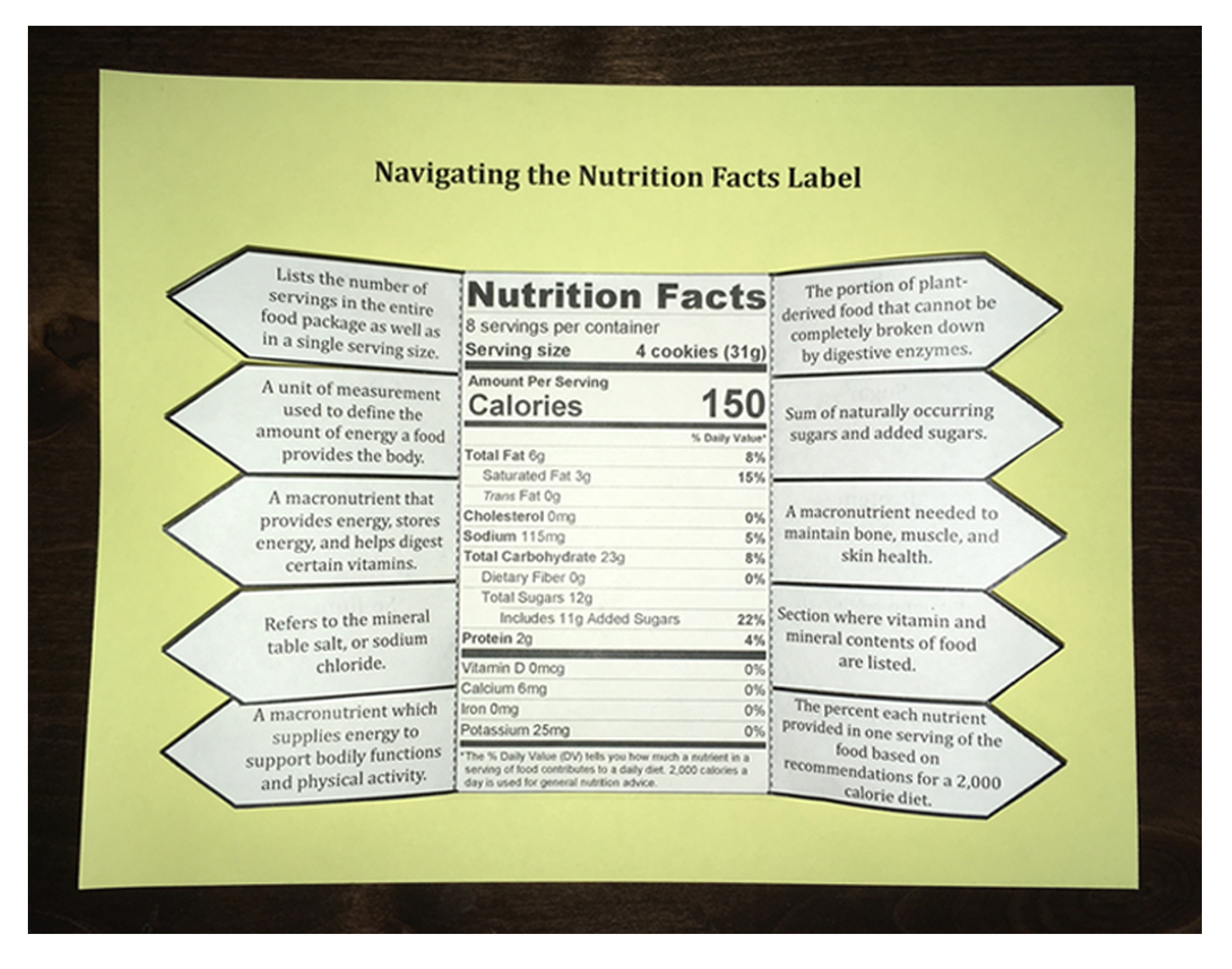

Post a Comment for "41 what vitamins and minerals are required on the new food labels"